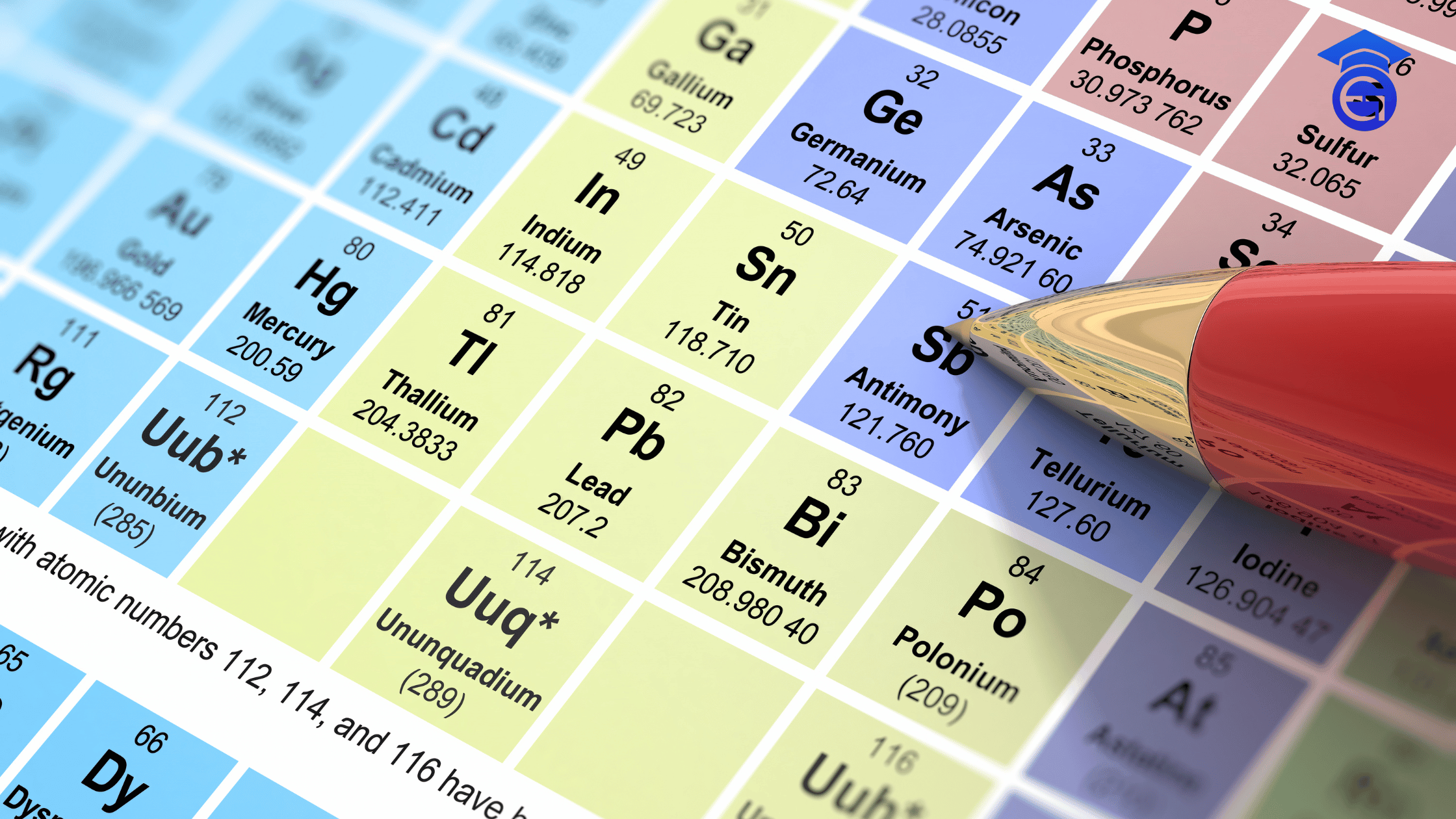1. Use Mnemonics to Remember Groups
One of the most popular ways to learn the periodic table is with mnemonics. These are silly or memorable phrases that help you remember the order of elements in a group or period.
Example for Group 1 (Alkali Metals):
Harry Likes Neatly Keeping Rubbish Cans Full
(Hydrogen, Lithium, Sodium, Potassium, Rubidium, Caesium, Francium)
Come up with your own fun sentences to make studying more personal!
2. Break It Down into Sections
Don’t try to memorize the entire periodic table in one go. Break it into smaller sections like:
- Groups (vertical columns)
- Periods (horizontal rows)
- Blocks (s, p, d, f)
- Special categories (transition metals, noble gases, halogens)
Learn one section at a time. Once you master one, move on to the next.
3. Create Flashcards
Flashcards are a classic and effective study tool. On one side, write the symbol (like “Na”), and on the other, write the name (Sodium) and atomic number (11). You can even add colours or pictures to help you visualize better.
Practice with your flashcards every day, and test yourself often.
4. Use a Periodic Table Song
There are many catchy songs online that put all the elements into a tune. Music helps your brain remember information by creating patterns. Listen to a periodic table song regularly—it might just get stuck in your head for good!
5. Make It Visual
Print out a large periodic table and stick it somewhere you’ll see it every day—like above your study desk or on the wall in your room. You can also colour-code different groups (e.g., all metals in blue, non-metals in green). This visual memory builds up over time.
6. Use Repetition
Repetition is key when learning anything new. Set aside a few minutes daily to go over the elements you’ve learned. You’ll be surprised how quickly things start to stick.
Try using:
- Daily quizzes
- Practice worksheets
- Mobile apps for chemistry revision
7. Understand the Patterns
Instead of just memorizing, try to understand how the periodic table is organized. Elements are arranged by atomic number, and groups share similar chemical properties. Understanding these patterns helps your brain make connections, which improves memory.
8. Teach Someone Else
One of the best ways to test what you know is to teach it to someone else. Try explaining a group of elements to a friend or family member. Teaching forces you to recall information and put it in your own words, which helps with long-term memory.
Final Thoughts
Learning the periodic table might seem hard at first, but with the right techniques—like mnemonics, repetition, and visual tools—you can make it simple and even fun. Start small, stay consistent, and don’t rush. The more you practice, the more confident you’ll become.

